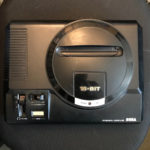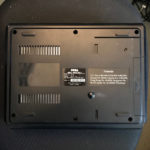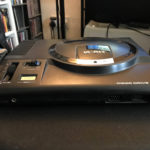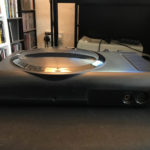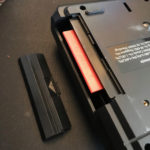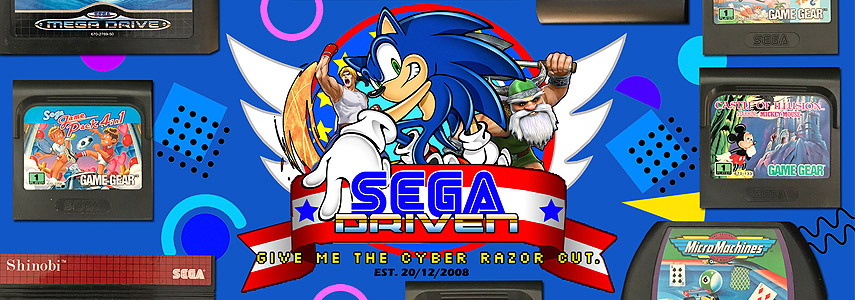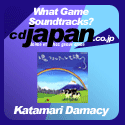SEGA Mega Drive/Genesis
The SEGA Mega Drive (or SEGA Genesis in North America) marks SEGA’s first foray into 16 bit gaming hardware. Released October 1988 in Japan, August 1989 in North America and September 1990 in Europe, the Mega Drive successfully gained market dominance during the early 90s thanks to an aggressive marketing campaign and a console bundle that included the very first Sonic the Hedgehog game.
The Mega Drive would mainly find success in North America and Europe. The Western SEGA divisions positioned the Mega Drive as the more attractive console to adolescents and directly targeted Nintendo as an inferior console aimed at younger audiences. This would lead to the infamous, “Genesis Does What Nintendon’t” advertising campaign and SEGA America would also boast that the SEGA Genesis had the capability to use, “blast processing” – a term coined for an obscure programming trick that was never really utilised.
During its lifetime, the Mega Drive would shift 30.75 million consoles worldwide. Interestingly, the console would never gain the same popularity in Japan, but SEGA America’s aggressive marketing would lead to great success in North America. Europe and Brazil were already brand loyal to SEGA thanks to the success of the Master System and this loyalty would continue their success in both regions.
The Mega Drive includes an edge connector underneath a removable plastic cover for expansion purposes. New units include a red protective sheath over the connector. This feature would later find fame as the way the Mega Drive interfaces with a Mega-CD console. The Mega Drive was also supported by 2 network services: SEGA Meganet in Japan and the SEGA Channel in North America. While SEGA Meganet was an online service that used dial-up internet access, the SEGA Channel was connected via cable television services through use of a coaxial cable.
During SEGA’s support of the Mega Drive, the company would find themselves in legal controversy, specifically surrounding the release of the Mega Drive version of Mortal Kombat and the Mega-CD release of Night Trap. This lead SEGA to found the Videogame Rating Council which would later become a self-regulatory organisation and rebrand as the Entertainment Software Rating Board, which still operates to this day.
Specifications
CPU
Motorola 68000 @ 7.6 MHz
Zilog Z80 @ 3.58 MHz
Display
Progressive: 320×224, 256×224 (NTSC) or 320×240, 256×240 (PAL) pixels, 512 color palette, 61 colors on-screen
Interlaced: 320×448, 256×448 (NTSC) or 320×480, 256×480 (PAL)
Audio
Yamaha YM2612
Texas Instruments SN76489
RAM
72 kB of RAM
64 kB of video RAM
Storage
ROM Cartridge
